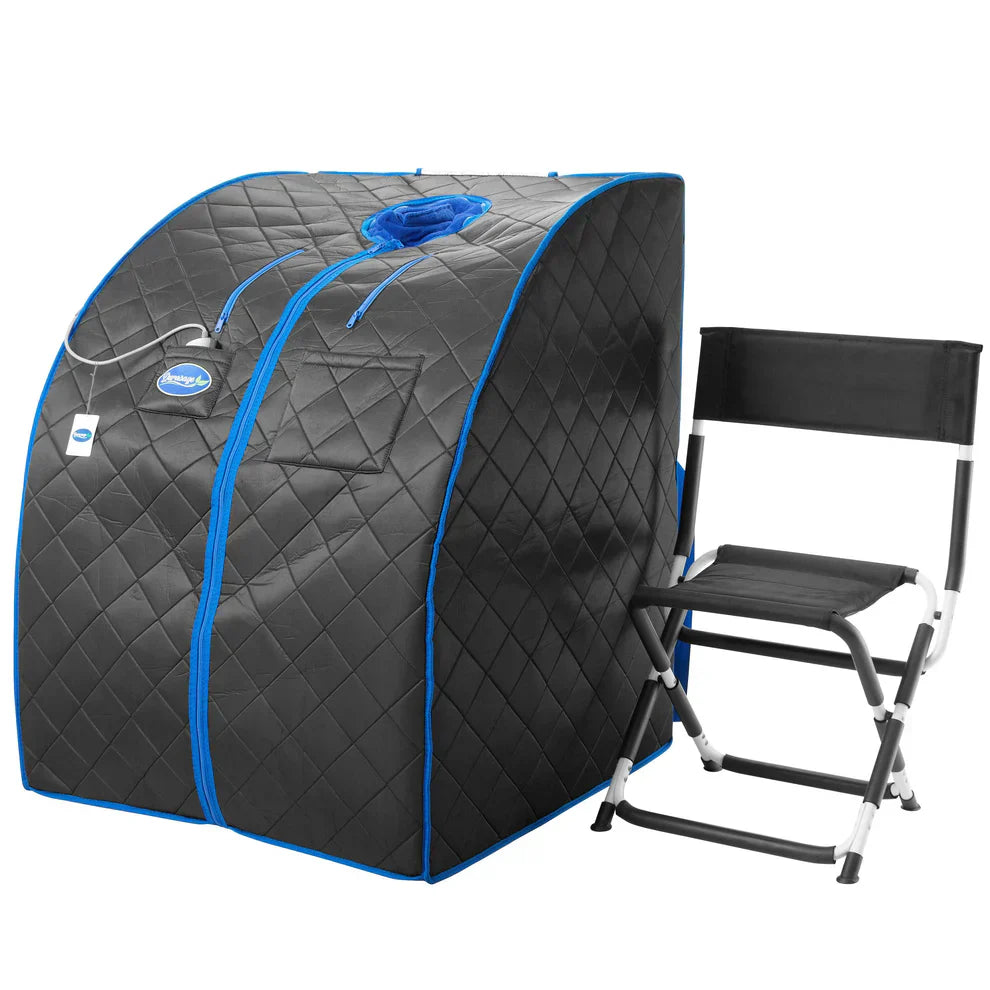Far infrared saunas (FIR saunas) and traditional saunas are both used for relaxation, detoxification, and health benefits, but they function in different ways and offer unique experiences. Understanding the key differences between these two types of saunas can help you determine which one is best suited to your needs.
Advantages of Far Infrared Saunas
- Lower Temperature, Same Benefits: Far infrared saunas operate at lower temperatures (100°F to 150°F) while still inducing deep sweating. This makes them more comfortable for people who find traditional sauna heat overwhelming.
- Deeper Penetration: The infrared light penetrates deeper into the body (about 1.5 inches), which may provide more effective relief for muscle soreness, joint pain, and inflammation.
- Energy Efficiency: FIR saunas are generally more energy-efficient, as they heat the body directly instead of heating the air, reducing energy costs over time.
- Longer Sessions: Since the lower temperatures are more tolerable, users can stay in FIR saunas for longer sessions (up to 45 minutes), enhancing the detoxification and relaxation process.
- Ideal for Muscle Recovery: The deep heat penetration can promote quicker muscle recovery and may help reduce delayed onset muscle soreness (DOMS) after physical activity. Read More

